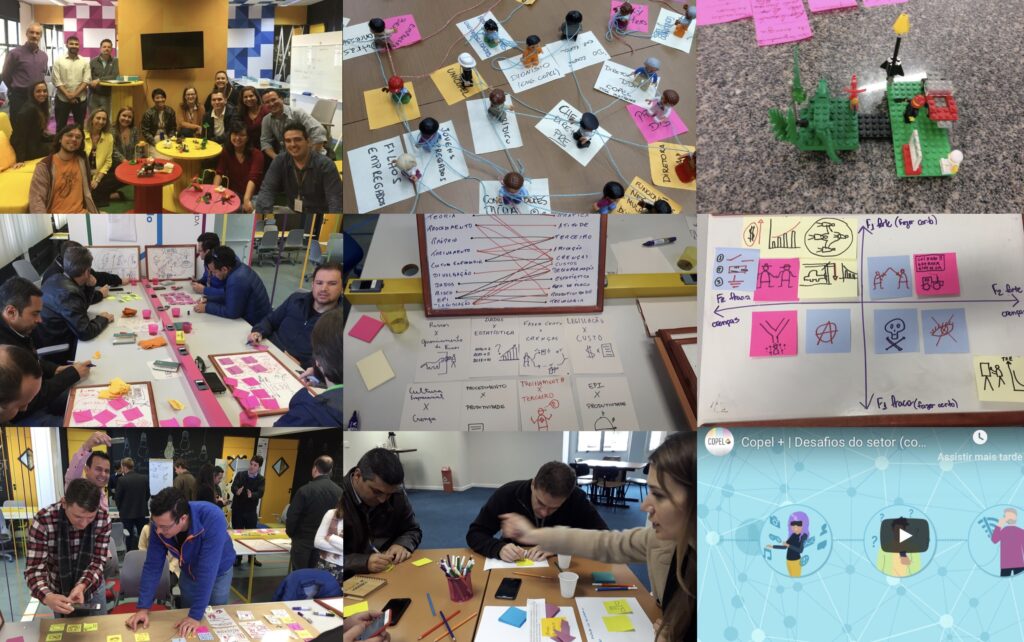Design games are created for specific projects or reused from past projects to develop concepts that have real consequences in a participatory project. The outcomes of these games serve not only to inform but also to guide, plan, and frame the project, creating an environment conducive to more creative and informed decision-making. These games often function as simulations of scenarios involving people, technologies, and spaces, allowing for the exploration of different interactions and potential outcomes.
Design games were first invented in architecture to facilitate collaborative decision-making and problem-solving among stakeholders involved in the design process. Over time, they have been adapted and applied in various participatory design approaches, particularly in service design. Design games are valuable for engaging stakeholders in the design of services, encouraging critical thinking, and fostering a commitment to implementing new ideas generated during the game sessions.

A key aspect of design games is the deliberate use of humor, imagination, and playfulness, which opens up new possibilities and encourages participants to think beyond conventional patterns, leading to innovative solutions. Unlike traditional games, design games are less structured and aim to facilitate the production of tangible outcomes that can affect the stakeholders beyond the game session itself.
Design games have simple and flexible rules, fostering collaboration to build something together. There are no winning conditions, and the game ends when the discussion becomes unproductive. Design games incorporate role-playing, turn-taking, and metaphorical game props (e.g., boards, tokens, or cards) to represent workplace components such as workflows, spaces, and social relationships. Design games don’t always have all the typical elements of traditional games, but they are presented as games to create a pretext for playing, imagining, and engaging in the design activity.
The game puts a design decision into play, such as requirements, scenarios, structures, or forms. By doing so, these games expand the “space of possibilities”—the conceptual realm where design options and solutions are explored—by immersing players in “game spatiality,” an immersive experience that unearths disregarded “possibilities of space.”

Participants interact with these physical and social spaces during play, discovering new possibilities for action and engaging in both exploratory and transformative actions. Exploratory actions are focused on generating new ideas and options, while transformative actions involve reshaping the physical or organizational space to suit human activity better.
Gamestorming activities, typically used to stimulate creativity and generate ideas in a playful and open-ended way, can also be considered design games when applied to design something concrete. They are characterized by relying on simple materials such as sticky notes and visual thinking.
Examples
References
Van Amstel, Frederick M.C. and Garde, Julia. Games to explore the possibilities of space and the space of possibilities in service design. Simulation & Gaming, 47 (5), 2016, p. 628-650. https://doi.org/10.1177/1046878116635921
Van Amstel, Frederick M.C. (2021). The role of games in developing transformative agency. Brazilian Journal of Socio-Historical-Cultural Research and Activity, 3(2). https://fredvanamstel.com/journal/the-role-of-games-in-developing-transformative-agency
Gray, Dave, Sunni Brown, and James Macanufo. Gamestorming: A Playbook for Innovators, Rulebreakers, and Changemakers. O’Reilly Media, 2010.

